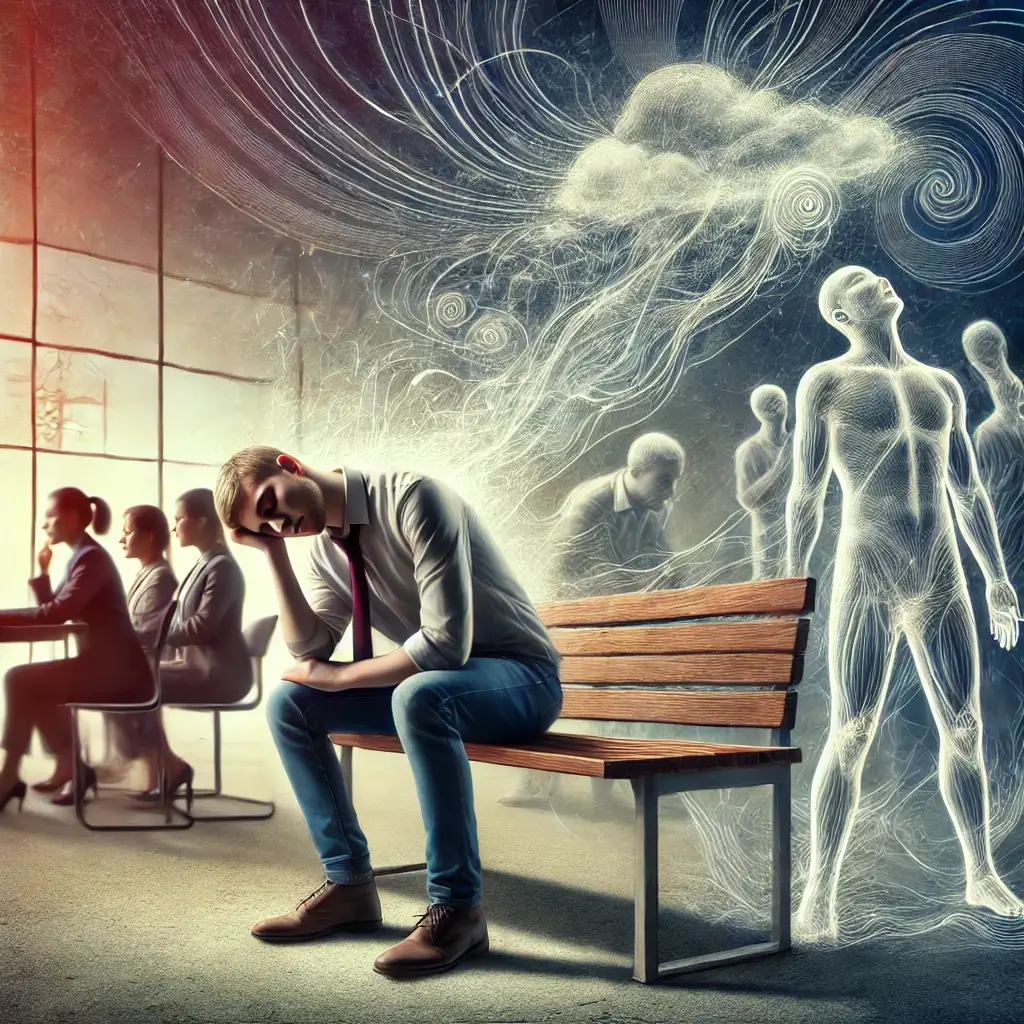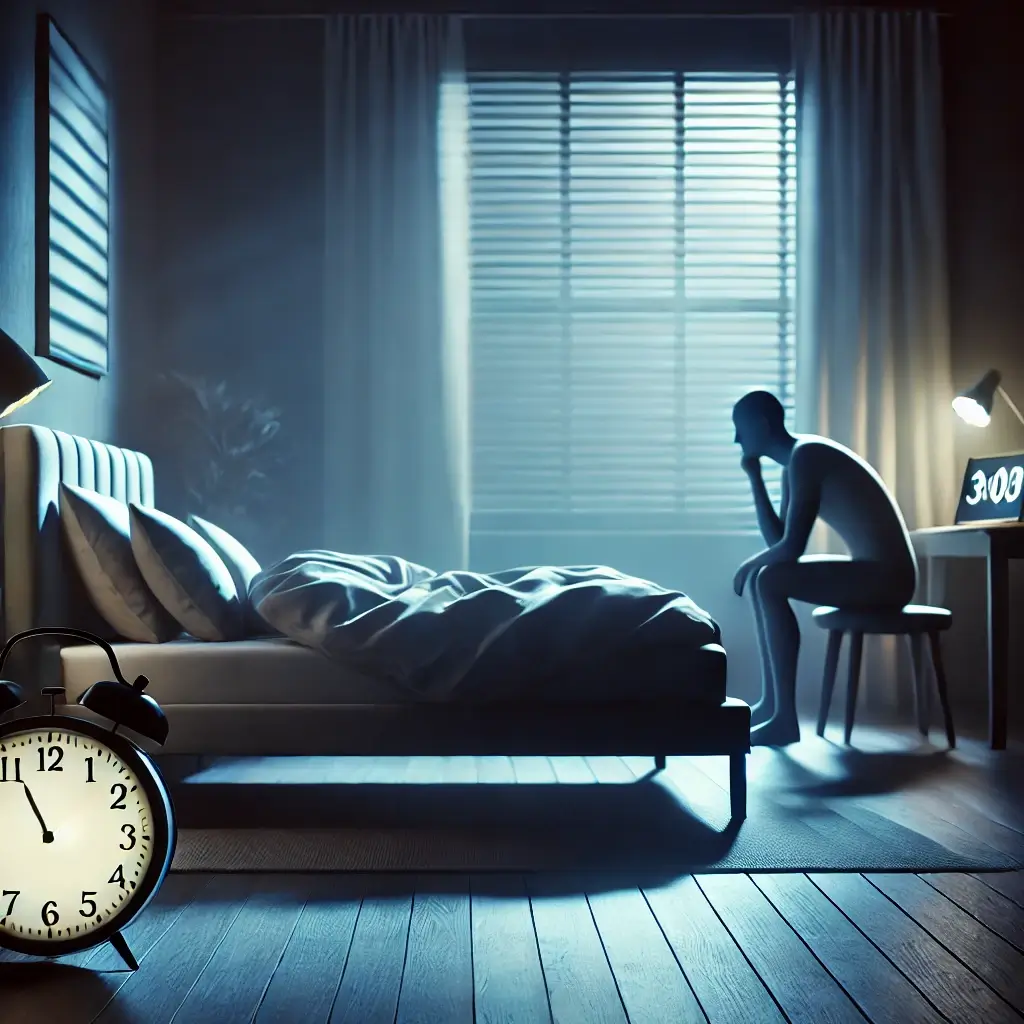Primary Types Classification
A cataplexy, sleep paralysis, excessive daytime lethargy (EDS), hypnagogic hallucinations, and sleep paralysis are the distinctive features of type 1, the most prevalent form of narcolepsy.
Type 2 Characteristics
EDS and sleep paralysis are the distinguishing features of type 2 narcolepsy; cataplexy or hypnagogic hallucinations are absent in this form.
Understanding the Condition
A chronic neurological disorder, narcolepsy disrupts the regulation of sleep-wake cycles within the brain. Although the precise etiology of narcolepsy remains unknown, it is hypothesized that a confluence of genetic and environmental influences contributes to its development.
Treatment Overview
Although there is no known cure for narcolepsy, symptom management is possible through the use of certain treatments. Typical narcolepsy treatments consist of pharmacotherapy, modifications to one’s lifestyle, and behavioral therapy.
Medication Options
Among the medications utilized to treat narcolepsy are the following:
As a stimulant medication, modafinil (Provigil) aids in the reduction of EDS.
Sodium oxybate (Xyrem): A medication that aids in the reduction of cataplexy and EDS is sodium oxybate.
Atomoxetine (Strattera) promotes wakefulness and is a pharmaceutical agent containing atomoxetine.
Lifestyle Management
The following modifications to one’s lifestyle may aid in the management of narcolepsy symptoms:
Engaging in consistent physical activity has the potential to enhance sleep quality and mitigate EDS.
Consistently going to bed and rising up at the same time each day can assist in regulating the sleep-wake cycle of the body.
Avoid consuming caffeine and alcohol, as both substances can cause sleep disturbances.
Establishing a calming twilight routine can assist in priming the body for the sleep-inducing state of mind.
Behavioral Therapy Benefits
Behavioral therapy can assist narcoleptics in symptom management through instruction on how to deal with EDS and cataplexy.
Understanding Cataplexy
Frequently associated with narcolepsy is the neurological disorder cataplexy. A transient and abrupt deterioration in muscle tone, this condition may result in syncope or muscular lethargy in the extremities. Strong emotions, including surprise, wrath, or amusement, can induce this condition, which can last from a few seconds to several minutes.
Initial Symptoms and Manifestation
It is noteworthy that cataplexy manifests as the initial symptom in around 10% of cases involving narcolepsy. A sleep disorder that disrupts the brain’s capacity to modulate sleep-wake cycles is known as narcolepsy. Narcolepsy is characterized by hallucinations, excessive daytime lethargy, sudden and uncontrollable sleep attacks, and sleep paralysis.
Impact on Daily Life
Although narcolepsy does not always manifest with cataplexy, it is a characteristic symptom of the condition. Fear-inducing and disruptive to daily activities, sudden muscle atrophy can manifest in any setting and at any time. It is critical that individuals diagnosed with narcolepsy seek medical treatment and attention in order to enhance their quality of life and effectively manage their symptoms.
Treatment Importance
Notwithstanding being a chronic condition, narcolepsy is treatable. Seeing a physician for diagnosis and treatment is crucial if you suspect you may have narcolepsy.
Key Statistics and Facts
The following are some further details regarding narcolepsy:
Globally, narcolepsy impacts an estimated 1 in 2,000 individuals.
Females are more susceptible to narcolepsy than males.
Prevalent onset ages for narcolepsy are early adolescence or early adulthood.
Although there is no known cure for narcolepsy, symptom management is possible through the use of certain treatments.
Seeing a physician for diagnosis and treatment is crucial if you suspect you may have narcolepsy.

Dominic E. is a passionate filmmaker navigating the exciting intersection of art and science. By day, he delves into the complexities of the human body as a full-time medical writer, meticulously translating intricate medical concepts into accessible and engaging narratives. By night, he explores the boundless realm of cinematic storytelling, crafting narratives that evoke emotion and challenge perspectives.
Film Student and Full-time Medical Writer for ContentVendor.com




